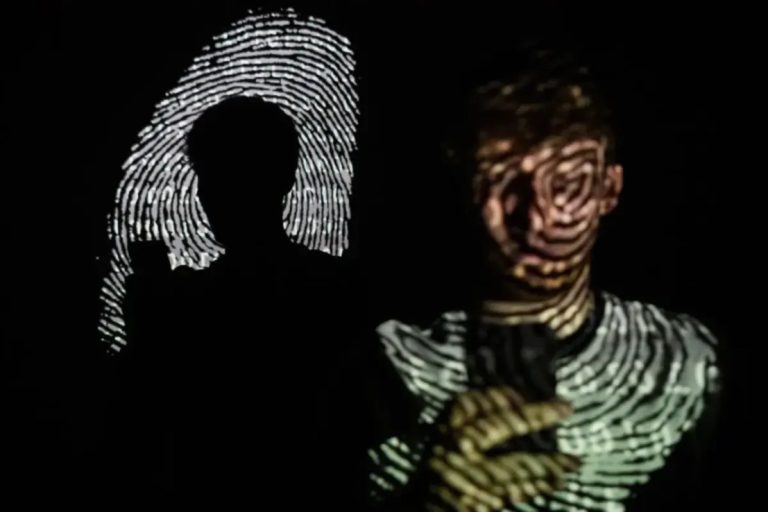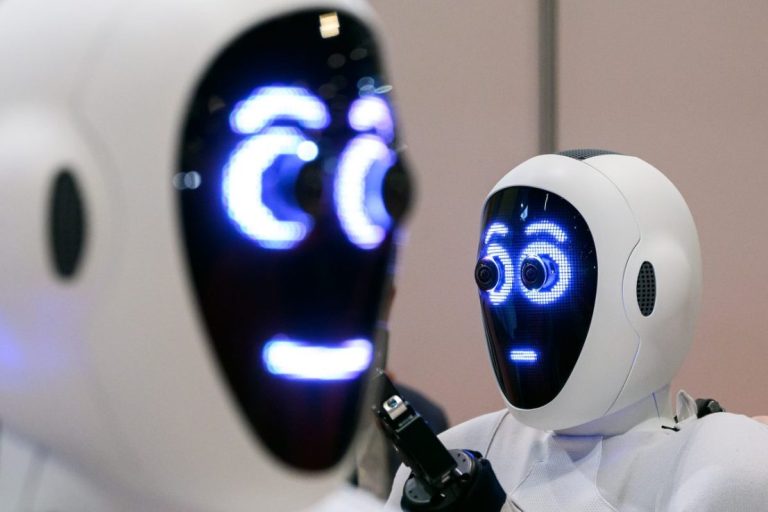
The portrayal of advanced technology and societal shifts in series like « Black Mirror » often casts a foreboding shadow, presenting a future where technology plays a domineering, sometimes dystopian role in human life. However, while the shine of anticipatory fiction like « Black Mirror » might cause trepidation, the reality of our technological era offers reasons for optimism, particularly with the expansion and integration of AI and other advancements into daily life.
The Reality of AI: A Force for Good
Artificial Intelligence, depicted in fiction as a harbinger of dystopia, is actualizing a reality that is, in many ways, less about replacement and more about augmentation. AI’s rapid evolution is a testament to human ingenuity, providing avenues for unprecedented creativity and efficiency. Today’s AI tools are less about taking over human roles and more about complementing human creativity, thereby enhancing productivity and opening new possibilities across industries.
For instance, where AI crafts tools like those offered by Midjourney, it democratizes creativity, allowing individuals with diverse skill levels to engage in content creation—be it through art, music, or storytelling. The result is a burgeoning curator economy, where taste and narrative direction become as crucial as technical prowess. The fear typified by narratives like « Black Mirror »—that AI will erase creativity—has been met with the reality that it reshapes and redefines what creativity means in the modern world.
A Human-Centric Work Environment
Contrary to the cold, isolated environments portrayed in science fiction, real-world workspaces are undergoing a transformation that prioritizes human needs and experiences over technological dominance. Around the globe, companies are remaking offices into wellness-centered campuses that integrate green spaces and communal environments into their design. This transformation responds to a burgeoning awareness: workspaces are no longer purely functional but are meant to nourish creativity and interpersonal connections.
This evolution mirrors a broader societal expectation—93% of people globally believe that businesses should take an active role in supporting employee health and well-being. Such spaces are no longer simple venues of labor but are rather becoming intersections where creativity, productivity, and human connection are fostered.
Redefining Connection Beyond Digital Spaces
While the initial allure of digital-first connections is waning, with only 22% of daters utilizing apps, there’s a resurgence in IRL (In Real Life) engagements. People are flocking towards more nuanced connections, seeking out social hobby groups or real-life meetups to fulfill their desire for grounded human interaction. Gaming too, rather than acting solely as an escapism venue, is blending virtual with reality, exemplified by the 54% of consumers eager to purchase real-world items inspired by in-game experiences.
This is indicative of a cultural shift, favoring authentic experiences—rooted in spontaneity and community—over purely digital interactions. These trends underscore an essential balance between embracing technological advances while engaging in traditional communal living.
Embracing a Balanced Technological Future
Indeed, we find ourselves in an extraordinary time. Technological innovations rival the imagination of iconic science fiction, from automated transports to the comprehensive connectivity provided by smartphones. Yet, unlike the passive scenarios predicted by series like « Black Mirror, » we hold the agency to shape these tools for communal and personal advancement.
Our task is not to ask if fiction has transitioned into reality but to question how we will harness these advancements for the future we desire. By actively engaging in shaping the narratives and directions of these technological tools, we can leverage them as a force for good—elevating not only functionality but also the human experience embedded within our daily lives.




